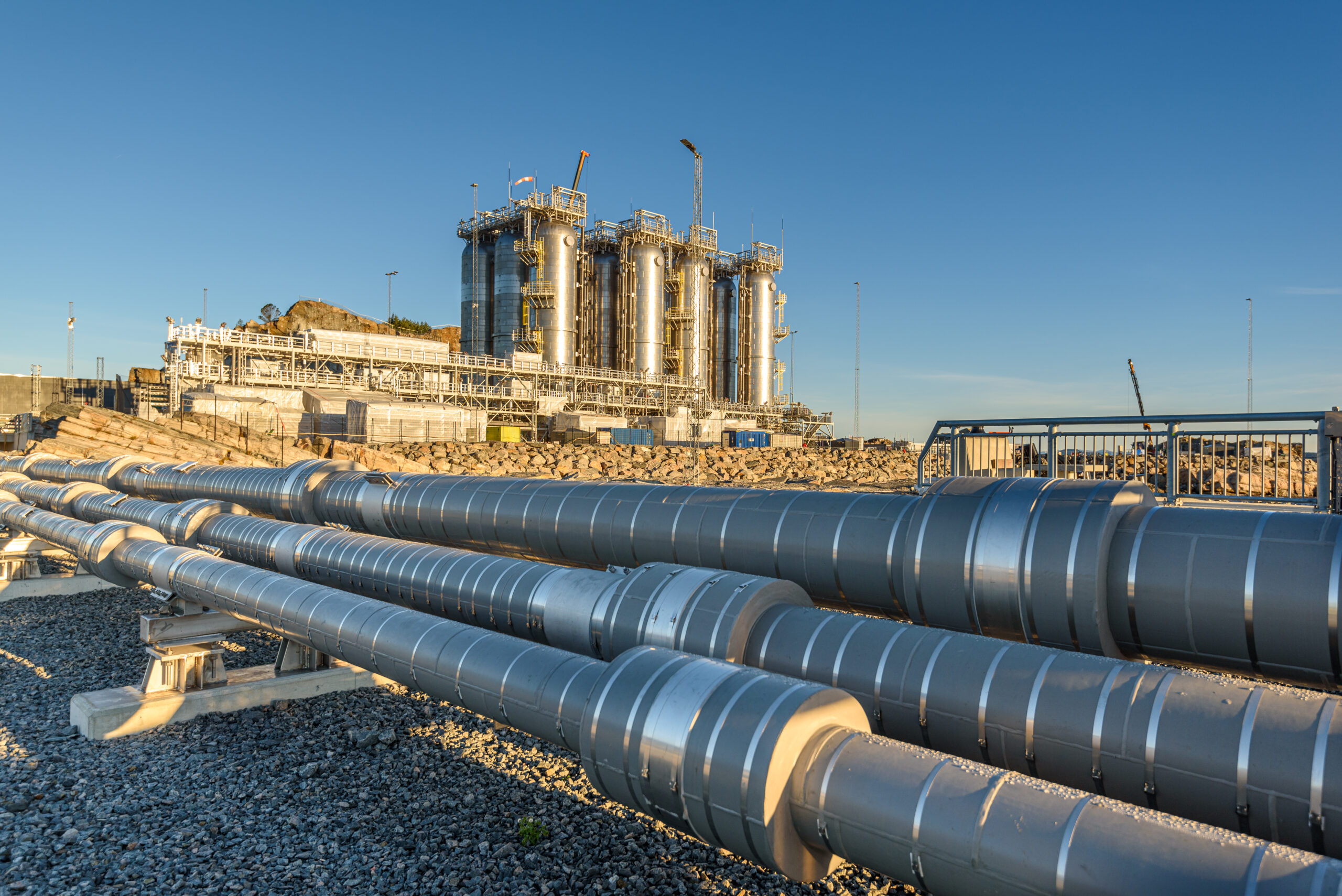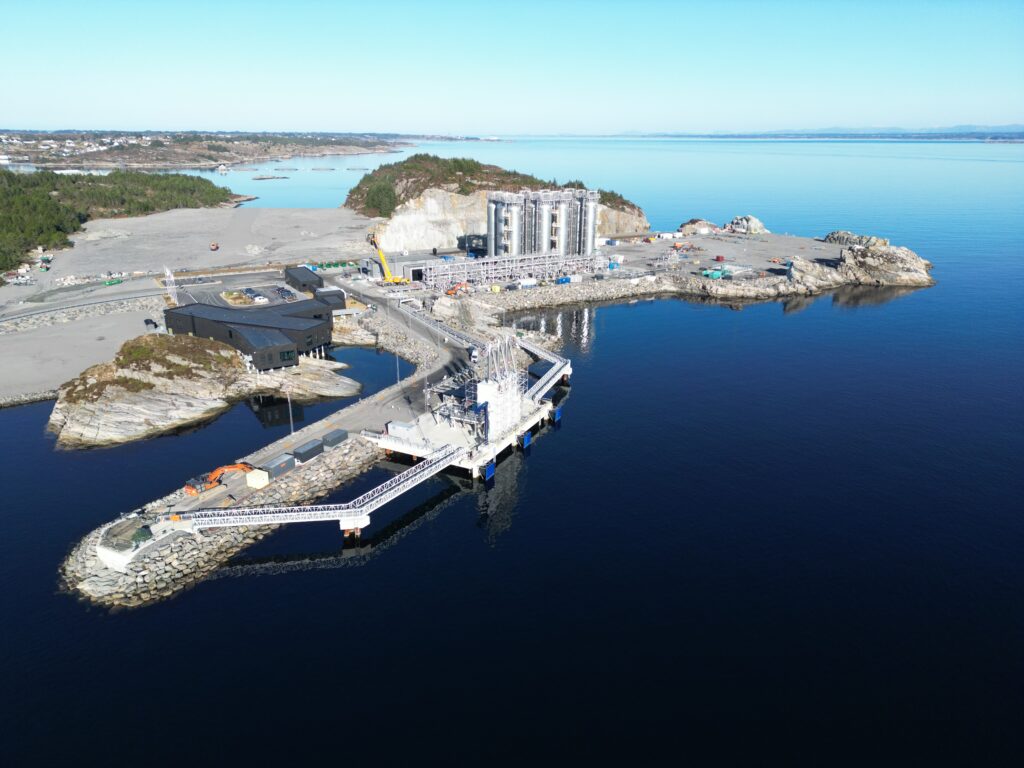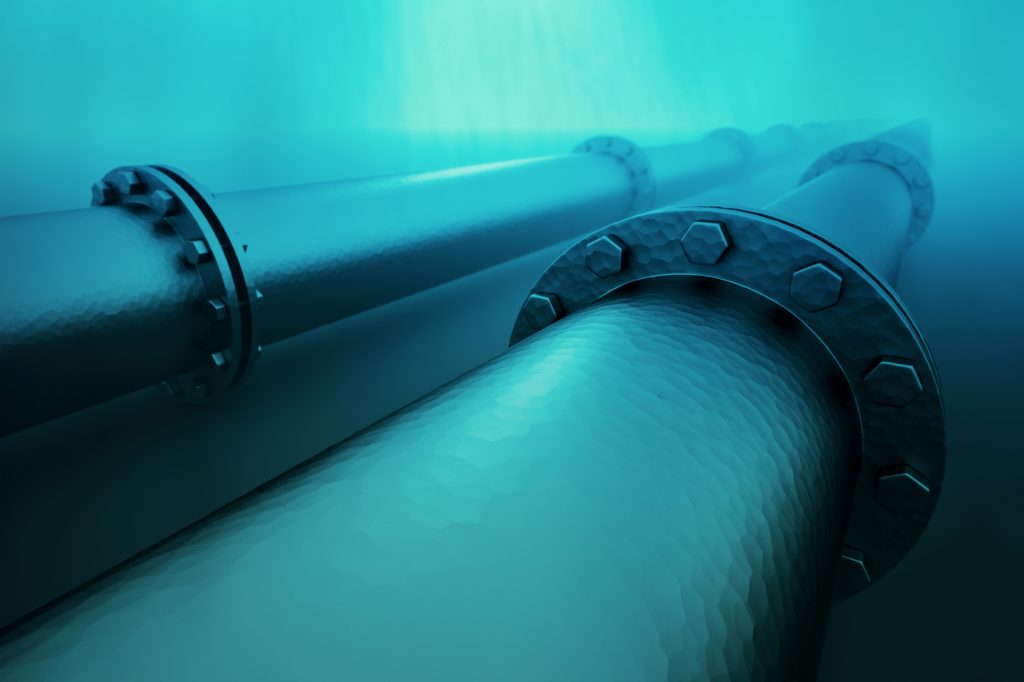
24.04.2024
Longship; Northern Lights Shares Knowledge and Experience
Part of the mandate for the Longship actors Heidelberg Materials, Celsio Oslo Varme, and Northern Lights is to contribute to increased experience and awareness towards CO2 management. Experiences are communicated appropriately through reports, visits to the facilities, and participation in conferences and presentations.
Northern Lights has prepared an experience report for 2023, which is their review of the past year – and part of the requirements in the State Support Agreement (SSA). Topics to be covered include technical solutions, experiences from the project implementation phase, project management, environmental impact, health, safety, and environment (HSE), business models, and potential improvements. – All these topics will be important in the work to reduce global carbon emissions in an efficient way, with the help of CO2 management – says Aslak Viumdal, senior advisor at Gassnova.
A similar experience report for 2023 will also come from Heidelberg Materials.

10 areas of learning from 2023
Northern Lights experience report for the reception terminal and subsurface (pipes, well control, and geological storage) covers the period from January 1 to December 31, 2023. Purpose is to improve future projects by providing insights and learning in areas such as project implementation, safety, efficiency, and sustainability. Knowledge and experiences from 2023 summarizes over 10 themes:
QUAY UPGRADE AND EXPANSION
A review of the quay design revealed discrepancies between initial calculations and the actual specifications for ships that will dock – leading to costly modifications. To avoid similar situations, the need to design future quays with greater flexibility that allows changes in critical ship design parameters is emphasized. Sufficient margins in the design are recommended to handle the uncertainty around ship design.
FLANGE MANAGEMENT
Several RTJ carbon steel flanges were affected by corrosion and mechanical damage. This underscores the need for better training of personnel and improved maintenance of carbon steel pipe coils stored outdoors. A more thorough flange management procedure is recommended, including improved handling and stricter maintenance requirements.
FIXED LIGHT INSTALLATIONS
The design included a significant number of fixed lights without taking into account that the facility is often unmanned. This highlights the challenges of transferring project-specific needs to the design phase. It is recommended to clearly define specific requirements in the work scope included in the contract with the contractor, to avoid future overruns.
INSULATION SCOPE ON PIPELINES
Although the insulation work was performed according to the specifications, it did not take into account that some insulated pipe segments and valves would not be exposed to icing under normal operation. This points to the need for a better evaluation and specifications to avoid unnecessary insulation. A thorough evaluation of the need for insulation is recommended.

PIPELINE CLEANING WITH FCG
“Flooding, Cleaning, and Gauging” (FCG) is a process often used for maintenance and inspection of pipelines. The first step involves filling the pipeline with a fluid, often water, to prepare it for the cleaning process. In the next phase, specialized equipment (“pigs”) is used to clean the pipeline. The final phase involves inspection and measurement of the pipeline to ascertain damages or deviations from specifications. Regular FCG prevents leaks and other deviations which can lead to environmental damage or operational downtime.
Despite a large number of “pigs” through the pipeline in June 2023, it was still judged to not be sufficiently clean. There were more impurities in the pipeline than anticipated, which underscores the need for detailed planning in this area, before CO2 injection. Multiple rounds of FCG are recommended to ensure the pipeline is sufficiently clean.
INSTALLATION OF DCFO AND NODES BASED ON “LAY-AWAY”
DCFO refers to Direct Current Fiber Optics, and “Lay-away” refers to a procedure used during the installation of cables on the seabed. This method involves laying cables temporarily, before they are moved to their final position or before further construction activities take place. “Lay-away” was first used by the project. However, experiences suggest that the “lay-in” method is recommended for future installations. This involves systematically placing cables in position on the seabed, at the site where they will be mounted.
TESTING OF DCFO CABLE DURING INSTALLATION
The project introduced an installation sequence that required testing for each joint from both the OSA platform and the installation vessel. It was found that testing from the installation vessel alone would make operations efficient, reduce complexity, and be more cost-effective.
REVIEW OF THE START-UP PLAN FOR NORTHERN LIGHTS
In September 2023, a full-day workshop was conducted in the project, focusing on key activities up to and including the acceptance test. The result of the session was very positive, and it is recommended to hold such gatherings at least once a year.
SPECIFICATIONS SUITABLE FOR THE PURPOSE
Time spent developing solutions based on existing specifications has in some cases resulted in “overdesign”. This reveals the need for specifications that address low-cost solutions with various products and significantly altered risks. Development of a new specification set from scratch for CCS projects is recommended.
APPLICATION PROCESS FOR CO2 INJECTION AND STORAGE
To be able to inject and store CO2 at the Northern Lights facility, an application must be sent to the Environment Directorate for injection and storage in accordance with pollution regulations. The Directorate then sends the application to the EFTA Surveillance Authority (ESA) for information. The Directorate processes the application and drafts a permit, which is sent to ESA for comments. ESA has four months to respond. The application process above ESA was new for the parties involved in Northern Lights, and led to extra work. Therefore, it is recommended to streamline the process by a joint application for injection and storage, both to the Environment Directorate and ESA.
Continuous learning, adaptation, and improvement
The inquiries which Northern Lights presents in the experience report are not only relevant to the development of Northern Lights – but also to the entire carbon capture and storage sector. The experience report emphasizes the focus on continuous learning, adaptation, and improvement in meeting technical, operational, and environmental challenges. Experiences and standards from the oil and gas activity must be continuously challenged so that the solutions are adapted to the CO2 management business model, (expected) requirements, and payment ability.
The complete experience report from Northern Lights might be downloaded here.
